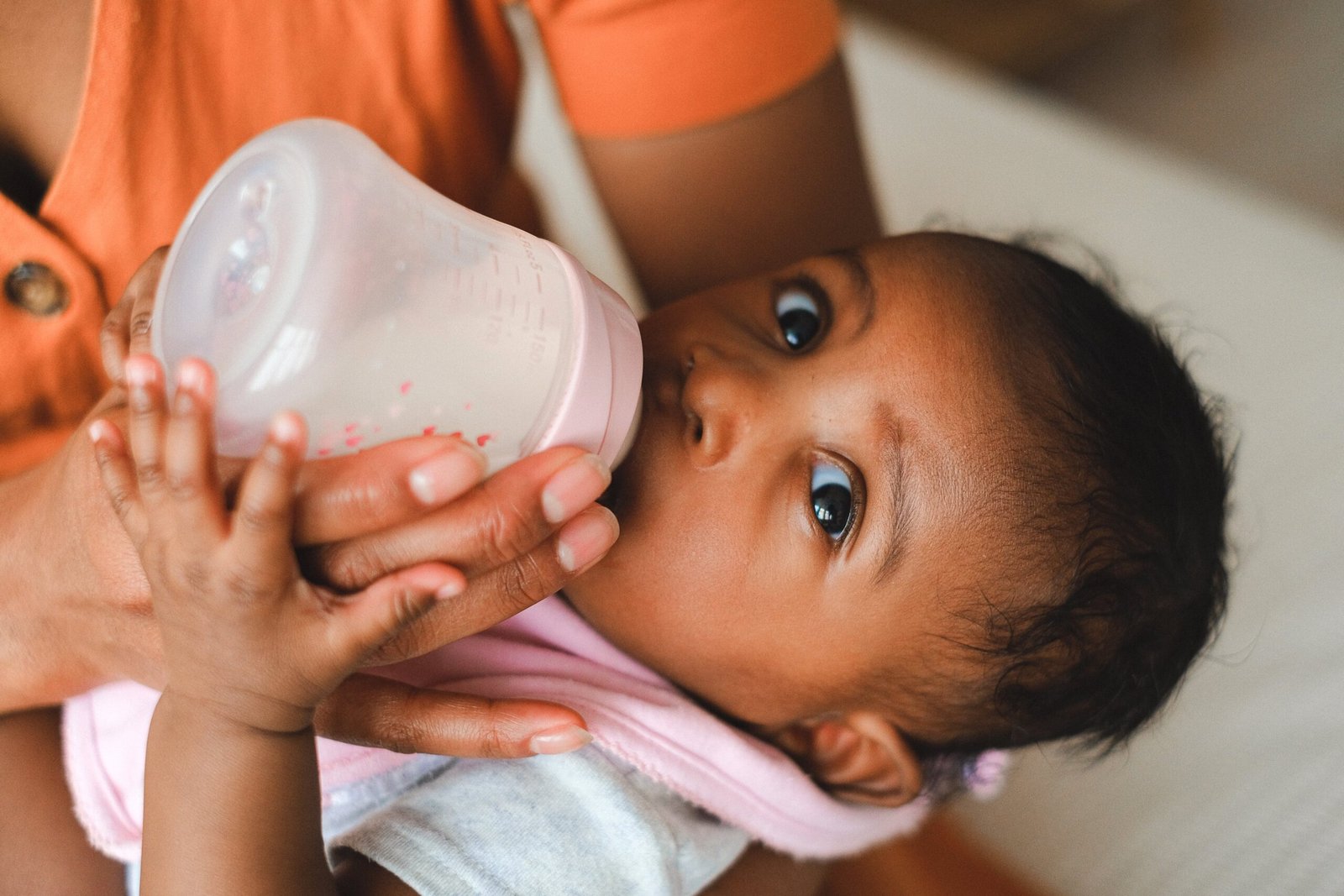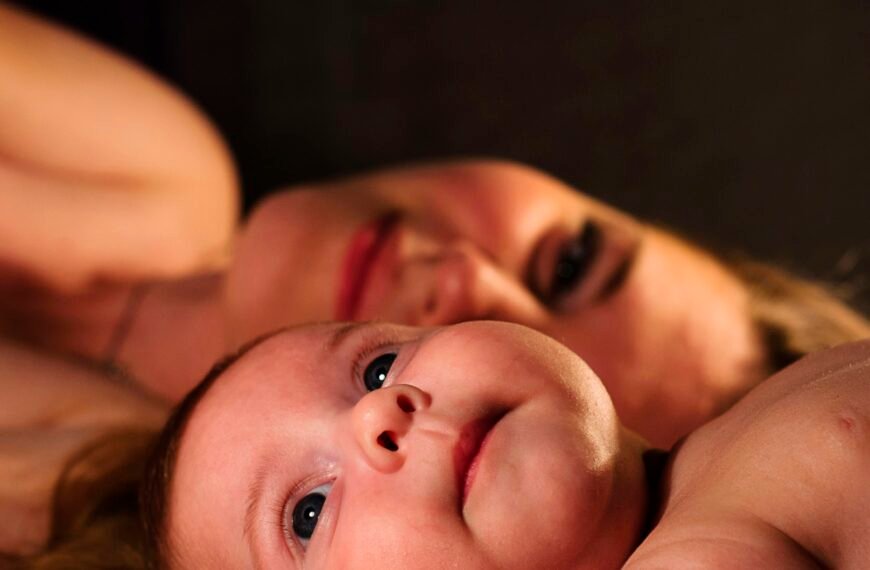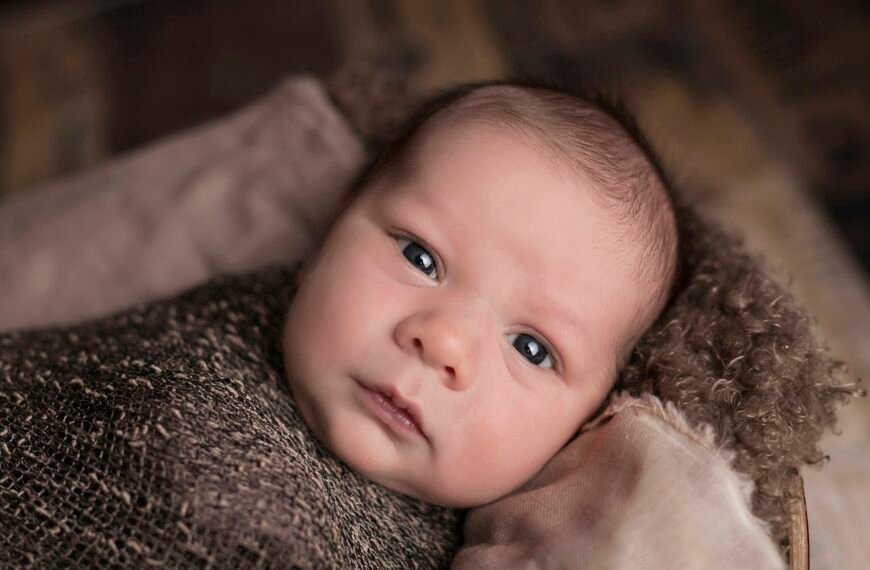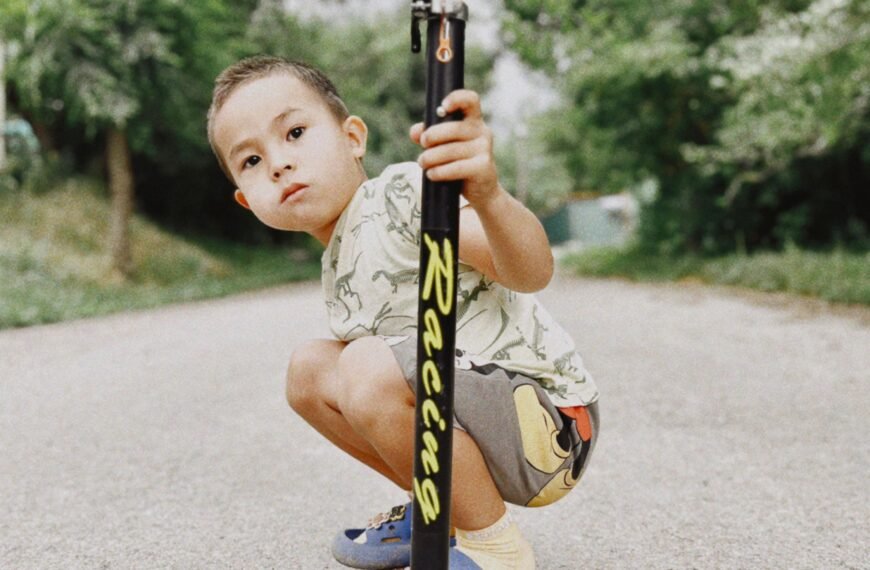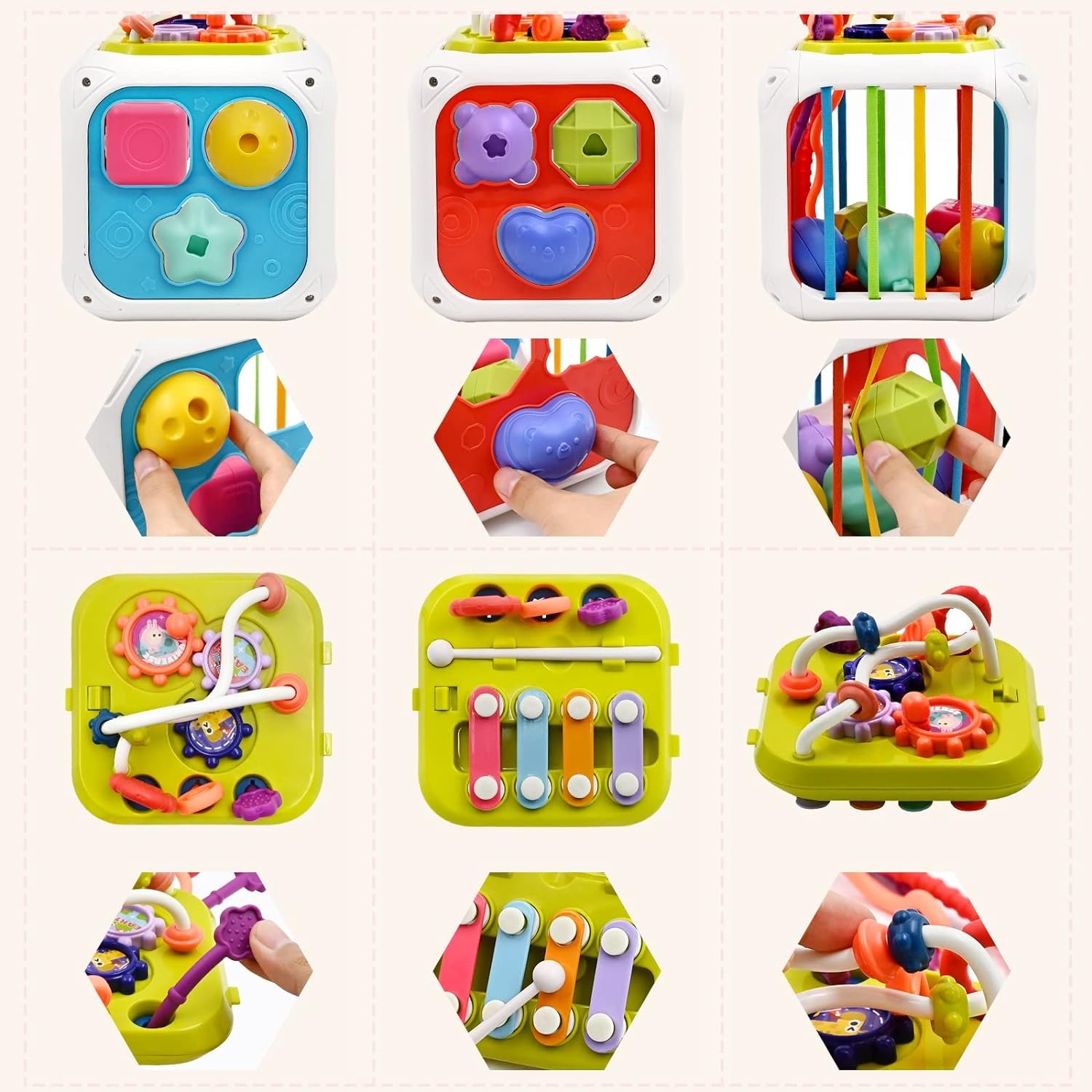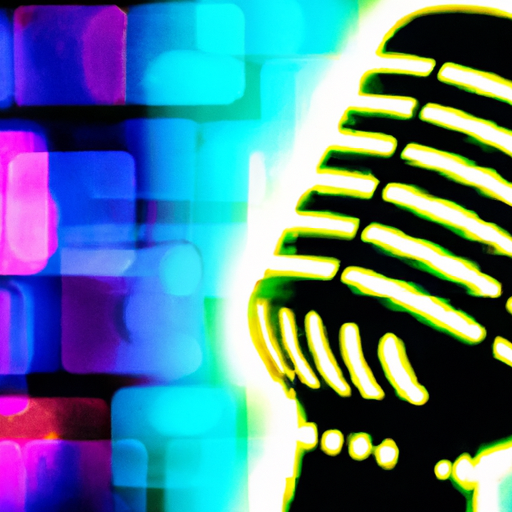Imagine the joy and excitement that fills a parent’s heart as they eagerly watch their little one’s first interactions with toys. But have you ever wondered when exactly a baby starts playing with toys? It’s a fascinating journey that begins right from infancy. From grasping and exploring to shaking and rattling, this article will shed light on the delightful moments when babies first discover the enchanting world of playthings. Get ready to witness the magical milestone when playtime becomes a source of endless wonder and entertainment for your little bundle of joy.
Developmental Stages of Play

Check Baby Toys Guide & Review
Sensorimotor Stage
The first stage of play in a baby’s development is the sensorimotor stage. This stage typically occurs from birth to around 2 years old. During this stage, babies explore the world around them by using their senses and developing their motor skills. They begin to understand cause and effect, and they engage in simple play activities such as shaking a rattle or batting at a mobile. Sensory toys, such as textured balls or soft toys with different sounds, are ideal for babies in the sensorimotor stage.
Preoperational Stage
The preoperational stage of play usually starts around the age of 2 and continues until around 7 years old. During this stage, children’s imaginations begin to develop, and they engage in pretend play and role-playing. They start to use objects symbolically, such as using a block as a phone or pretending a teddy bear is a patient in a doctor’s office. Toys that encourage pretend play, such as dolls, action figures, and dress-up costumes, are perfect for children in the preoperational stage.
Symbolic Play Stage
The symbolic play stage typically occurs around the ages of 7 to 12. Children in this stage engage in more complex imaginative play, incorporating elaborate storylines and creating their own worlds. They may invent games, create props, or engage in make-believe scenarios with their friends. Toys that foster creativity and problem-solving, such as building sets, art supplies, and board games, are excellent choices for children in the symbolic play stage.
Sequential Play Stage
The sequential play stage typically begins around the age of 12 and continues through adolescence. During this stage, children become more interested in organized, rule-based play, such as team sports or competitive games. They develop strategic thinking and learn the importance of teamwork and cooperation. Toys and activities that involve rules, strategy, and group play, such as sports equipment, video games, and puzzles, are suitable for children in the sequential play stage.
Signs of Readiness
Reaching and Grasping Objects
One of the first signs that a baby is ready to engage with toys is their ability to reach for and grasp objects. Around the age of 3 to 4 months, babies start to develop their fine motor skills and hand-eye coordination. They may start showing interest in reaching out for toys hanging above their crib or grabbing objects that are within their reach. This is an exciting opportunity to introduce toys that are easy to hold and manipulate, such as rattles or soft, textured toys.
Repetition of Actions
Babies often repeat actions as they explore and learn about their environment. This repetition is an essential part of their development and can be seen as a sign of readiness for play. As they repeat actions, such as banging a toy on a surface or dropping it to see the reaction, they are learning about cause and effect. Providing toys that encourage repetition, such as stacking cups or nesting blocks, can support their cognitive and motor development.
Exploration of Surroundings
When a baby starts showing curiosity about their surroundings, it is a clear sign of their readiness for play. Around 6 to 9 months old, babies become more mobile and start to explore their environment. They may crawl or cruise around the room, reaching out for objects and investigating their properties. This is a great time to introduce toys that promote exploration, such as activity centers with different textures, buttons, and sounds.
Imitation and Pretend Play
Around the age of 12 to 18 months, babies begin to imitate actions and engage in pretend play. They may mimic activities they have observed, such as talking on a pretend phone or feeding a toy. Imitation and pretend play are important for their social and cognitive development. Providing toys that promote imitation, such as toy kitchen sets or dolls, can encourage their imaginative abilities and foster their understanding of social roles and relationships.
Types of Toys for Different Ages

0-3 Months
During the first three months of a baby’s life, their vision is still developing, and they are primarily focused on their basic needs, such as feeding and sleeping. Toys for this age should aim to stimulate their senses and provide opportunities for calming and soothing. Soft, textured toys, rattles, and mobiles with high-contrast patterns or gentle music are suitable for newborns.
3-6 Months
Between 3 and 6 months old, babies start to become more aware of their surroundings and develop their motor skills. Toys that encourage reaching, grasping, and exploring are ideal for this age group. Soft toys with varied textures, teething rings, lightweight balls, and baby-safe mirrors can engage their senses and promote their hand-eye coordination.
6-9 Months
At around 6 to 9 months, babies are usually sitting up and becoming more mobile. They start to show an interest in cause and effect and may enjoy toys that respond to their actions. Interactive toys with buttons, sound effects, and lights, as well as shape sorters and stacking toys, can provide them with opportunities for exploration and learning.
9-12 Months
Around 9 to 12 months, babies begin to refine their motor skills and develop more intentional movements. They may enjoy toys that allow them to practice their newly acquired skills, such as push-and-pull toys, activity cubes, and simple puzzles. Building blocks and stackable toys can also be suitable for this age group, as they promote fine motor skills and hand-eye coordination.

12-24 Months
Between 12 and 24 months, toddlers become more independent and engage in more complex play. Toys that encourage pretend play, such as dolls, toy vehicles, and playsets, can support their imaginative abilities and language development. Simple art supplies, such as chunky crayons and washable markers, can also be introduced at this age, fostering their creativity and fine motor skills.
Benefits of Playing with Toys
Cognitive Development
Playing with toys is not only fun for babies and children, but it also plays a crucial role in their cognitive development. By playing with toys, babies learn about cause and effect, problem-solving, and spatial reasoning. Toys that encourage stacking, sorting, or fitting objects together can promote their cognitive skills and help them understand basic mathematical concepts.
Physical Development
Toys also support a baby’s physical development. Playing with toys allows babies to practice their motor skills, such as reaching, grasping, and crawling. It helps strengthen their muscles and improves their coordination and balance. From pushing and pulling toys to playing with balls, toys that stimulate physical activity contribute to a baby’s overall physical development.
Social and Emotional Development
Playing with toys provides babies with opportunities for social interaction and emotional expression. Through pretend play, children learn to understand and express their emotions, develop empathy, and practice social skills. Playing with others encourages cooperation, sharing, and turn-taking. Toys that allow for group play, such as board games or building sets, facilitate social interaction and support the development of healthy relationships.
Parents’ Role in Encouraging Play
Provide a Stimulating Environment
As a parent, you can support and encourage your baby’s play by providing a stimulating environment. This can include age-appropriate toys, safe play spaces, and varied sensory experiences. Create a play area where your baby can explore and engage with their toys safely. Offer toys that challenge their skills and promote their development.
Choose Age-Appropriate Toys
Selecting toys that are suitable for your baby’s age and developmental stage is essential. Consider their current abilities and interests when choosing toys. Age-appropriate toys ensure that your baby can engage with them safely and at an appropriate level. Pay attention to the recommended age range on toy packaging and choose toys that align with your baby’s developmental milestones.
Engage in Interactive Play
Your involvement and interaction during playtime are vital for your baby’s development. Engage in interactive play by talking, singing, and playing alongside your baby. Respond to their actions and encourage their exploration. This interaction not only strengthens the parent-child bond but also supports language development, problem-solving skills, and social-emotional growth.
Common Concerns and FAQs
What if my baby shows no interest in toys?
Every baby is unique and may have different preferences and timelines when it comes to play. If your baby shows no interest in toys, it’s essential to be patient and observe their behaviors and interests. Some babies may prefer exploring their surroundings or engaging in other activities. Offer a variety of toys and play experiences, and adapt to their changing interests over time. If concerns persist, consult with your pediatrician for further guidance.
Is screen time considered play?
While technology and screens have become common in our lives, it is important to note that excessive screen time can be detrimental to a baby’s development. Babies under the age of 18 months should avoid screen time altogether, except for video chatting with loved ones. For children older than 18 months, it is recommended to limit screen time to high-quality, educational content and ensure it is balanced with other types of play and activities.
How much playtime does my baby need?
The amount of playtime your baby needs can vary depending on their age and individual needs. In general, babies and young children benefit from frequent, short bursts of play throughout the day. For newborns and infants, playtime can be as simple as interacting with them during diaper changes or tummy time. As they grow, aim for at least 30 minutes to an hour of active play per day, gradually increasing as they get older. Remember, each baby is unique, so follow your baby’s cues and provide play opportunities that suit their developmental stage and energy levels.

